Register now to gain access to all of our features. Once registered and logged in, you will be able to contribute to this site by submitting your own content or replying to existing content. You'll be able to customize your profile, receive reputation points as a reward for submitting content, while also communicating with other members via your own private inbox, plus much more! This message will be removed once you have signed in.
-
Content count
4427 -
Joined
-
Last visited
Posts posted by Admin
-
-
,,, the antenna is not well designed, it needs a stub...
-
,,,these would be the results...
to see the axial ratio in CST, you should look at "Farfields" section in the simulated results... there should be a drop down list after simulating the design.
if you click on that drop down list you should be able to see the axial ratio plot...
The default plot is in 3D format, if you want to plot it on polar form, you need to right click on a farfield result and select "Far field plot properties", In the "General" tab select "polar" for the "plot type" and choose the values for "Theta" & "Phi" according to the orientation of your design. Then select "apply" to see the results -
Hi buddy...!!!!
,,,what version of CST do you have...???
,,,can you post the CST file..?? -
-
-
-
-
,,,hi buddy...!!!
,,,from where did you get this Vivaldi antenna( you simulated something like that...???)..???
,,,maybe this will help you...!!!
https://www.changpuak.ch/electronics/Antipodal_Vivaldi_Antenna_Designer.php
-
,,,yes, both the central connector and the Teflon insulation can be shortened...!!!
-
-
-
Two long arms are connected in the shape of V to make a V-antenna. The two long arms are excited with 180˚ out of phase. As the length of these arms increases, the gain and directivity also increases.
The following figure shows a V-antenna with the transmission line impedance z=200 Ohm and the lengh of the arm 0,8*lambda, making an angle Φm with the axis, which is called as apex angle.material-FR4 #1.5mm.
The main advantage of a V-shaped antenna is its relatively small vertical radiation angle, which is especially important for establishing long-distance communications.
1 person likes this -
1 minute ago, DavidER said:If you place two antennas in parallel and connect 2 ports independently, will they work well?
,,,yes, it is better that way ,than putting a single antenna with two ports (MiMo)
-
,,yes,ZTE MF920VS, Frequency 2.4 GHz, Supports Bluetooth 802.11b, 2.4 GHz Radio Frequency
,,,but where does this modem have the connectors for the external antenna...???
-
gooood,,,for what frequencies were the antennas made...??? the biloop antenna needs a diameter of 40.5mm for the frequency of 2.442 GHz
1 person likes this -
-
,,welcome,,,!!!
,,,so, for which frequency do I want the antenna panel..???
,,,and MiMo to be...???
,,,your antenna from the pdf file is not working well...!!!
-
-
,,,and again I'm curious how right andrew mcneil is...????
I will try to do a simulation with this antenna
-
-
-
-
-
The TL-WA5210G outdoor high-power Access Point (CPE) is designed for creating long-distance wireless networks, as well as for use as a solution when accessing the Internet via a wireless Internet Service Provider (WISP). This model combines the functions of a Wireless access Point, a WISP Client, is equipped with a highly sensitive antenna and is made in an all-weather housing to protect against environmental conditions. The high output power and high sensitivity of the 12 dBi antenna can significantly increase the data transmission range and provide a more stable wireless connection. The device supports the IEEE 802.11 b / g standard and allows you to create a wireless network with a data transfer rate of up to 54 Mbit / s, so that all network users can share files and browse Internet sites.
1 person likes this

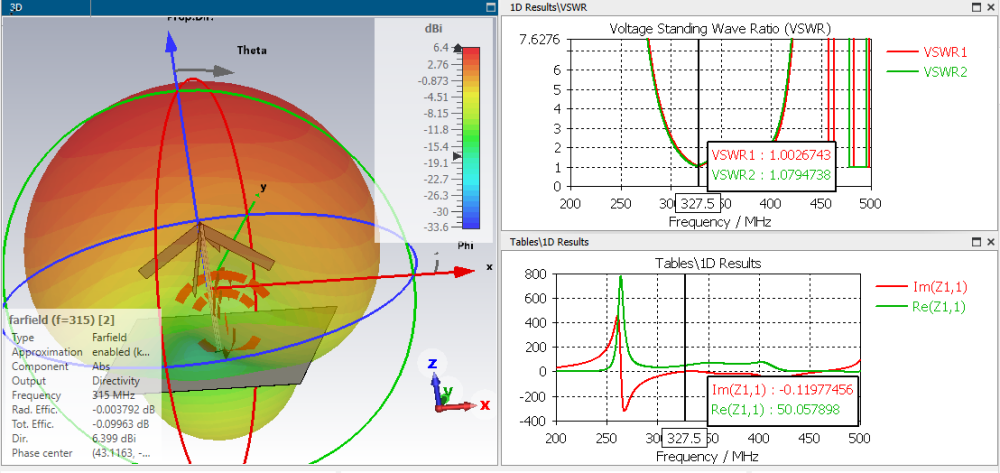
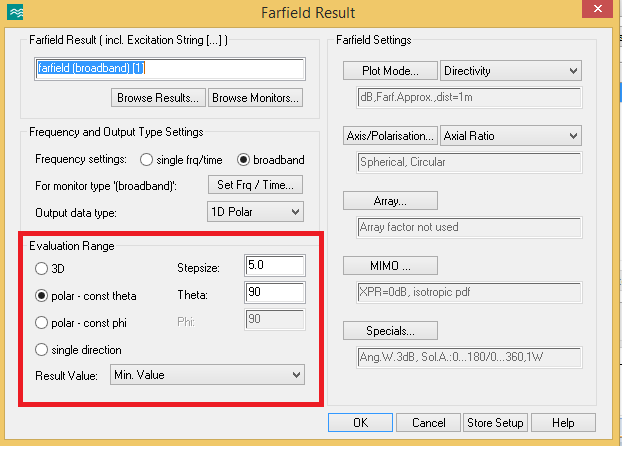
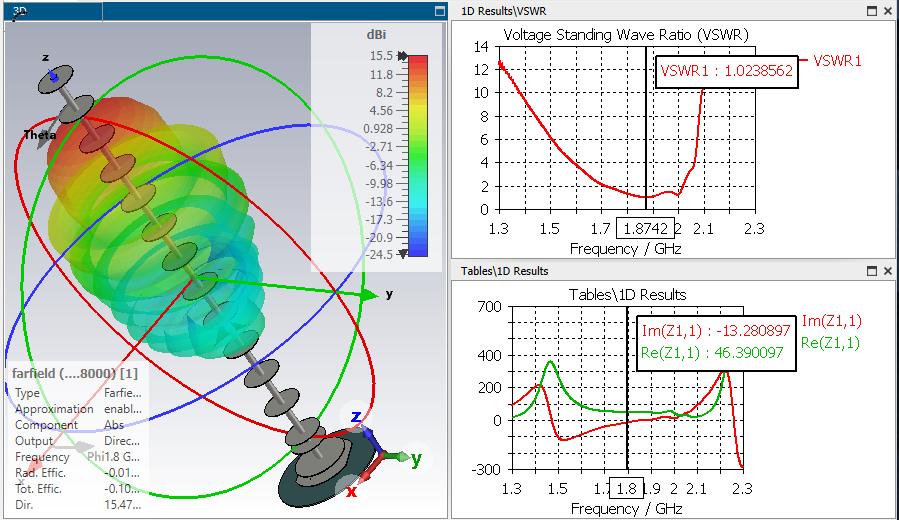
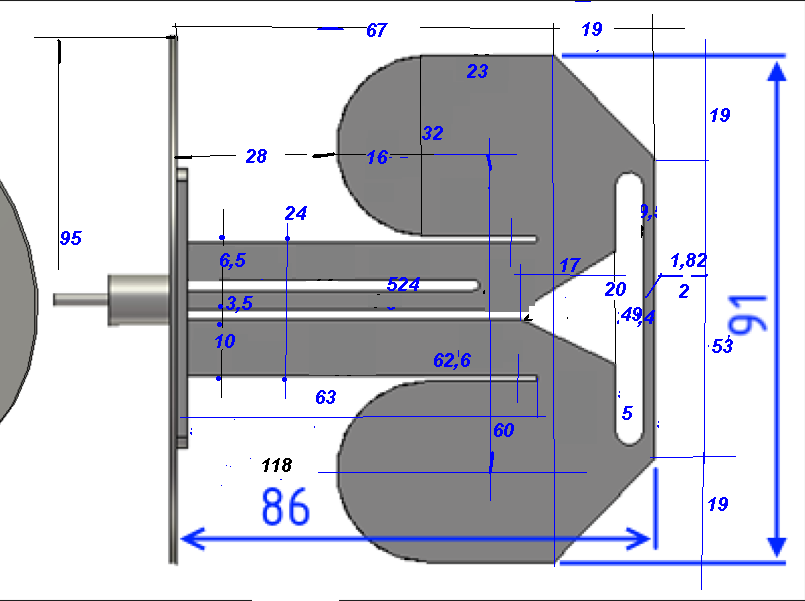
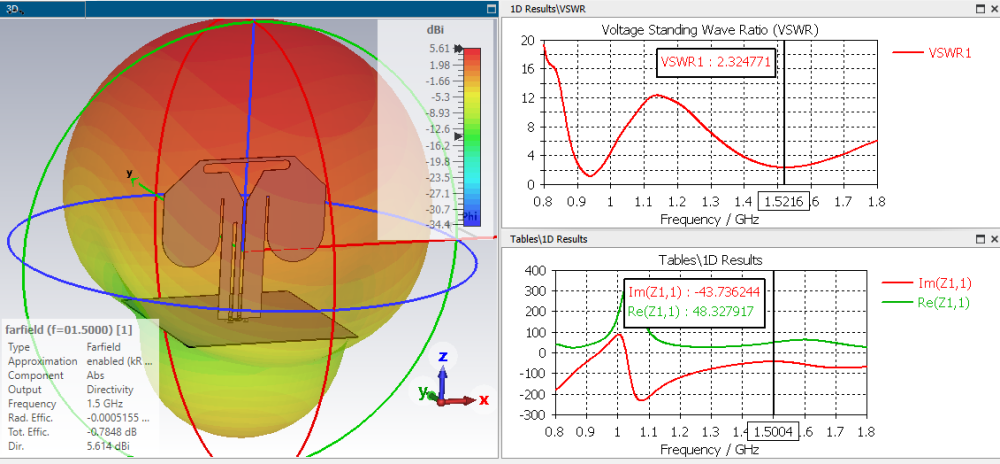
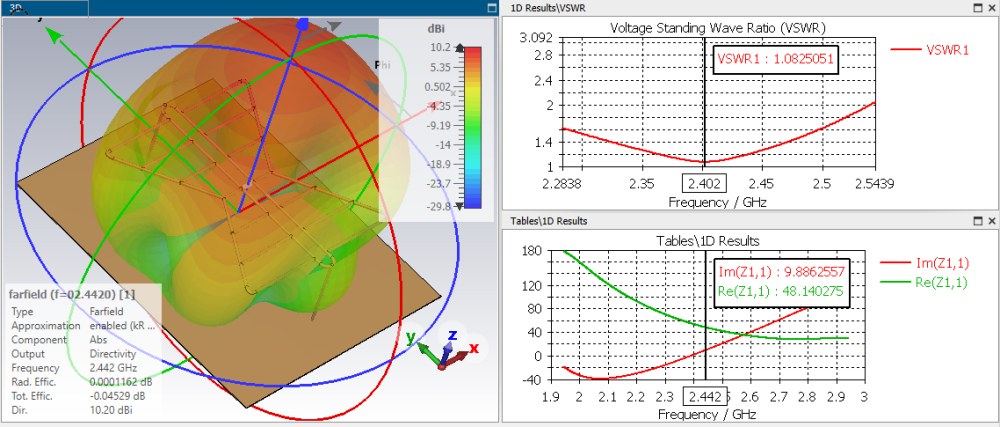
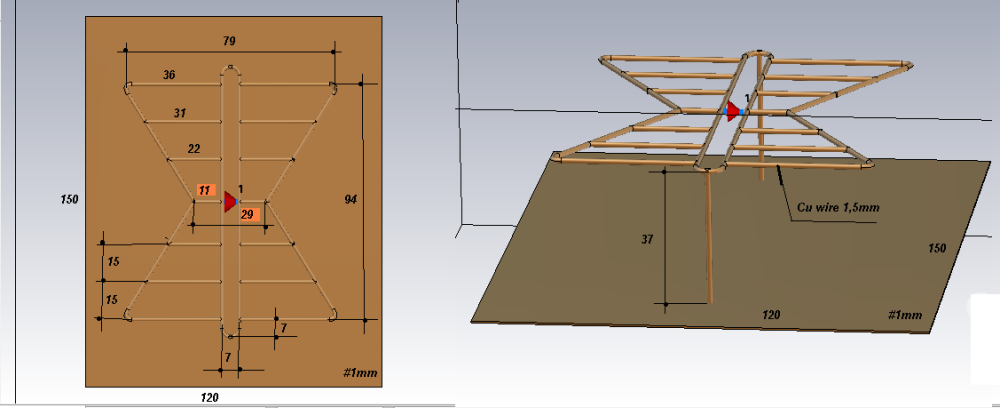
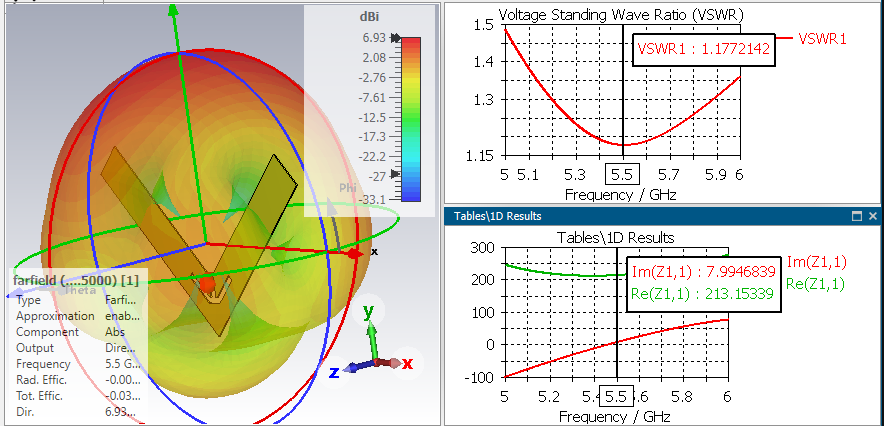
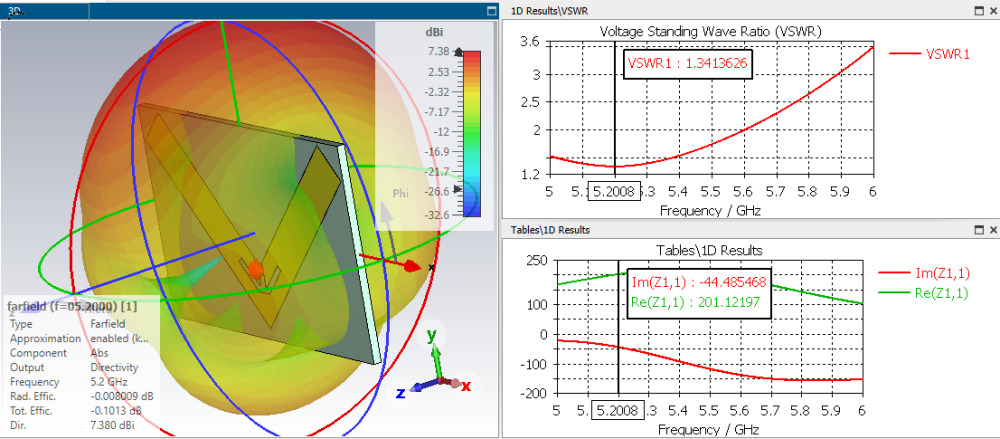

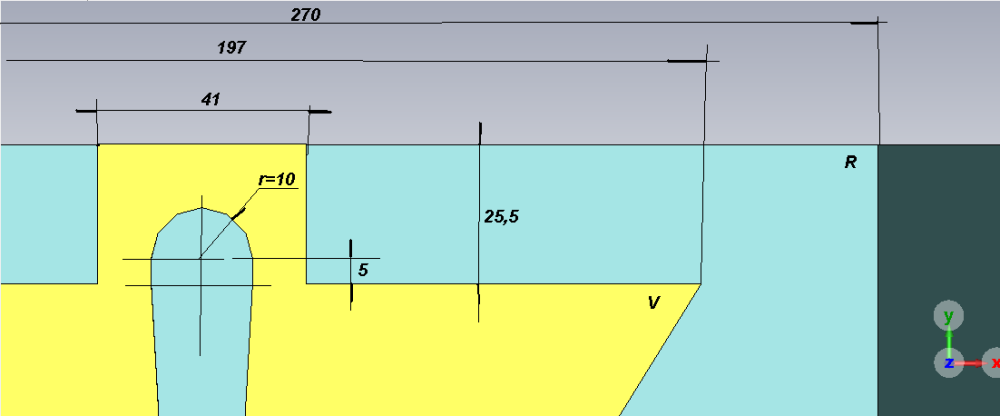
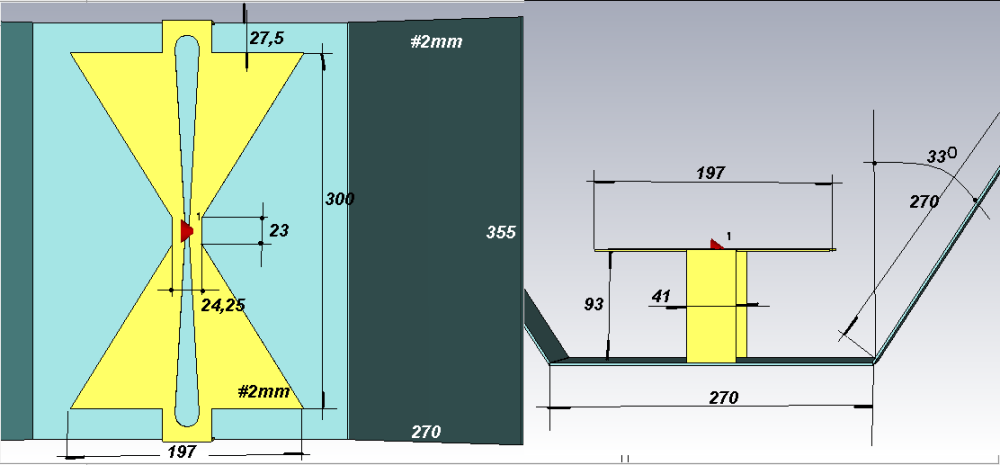
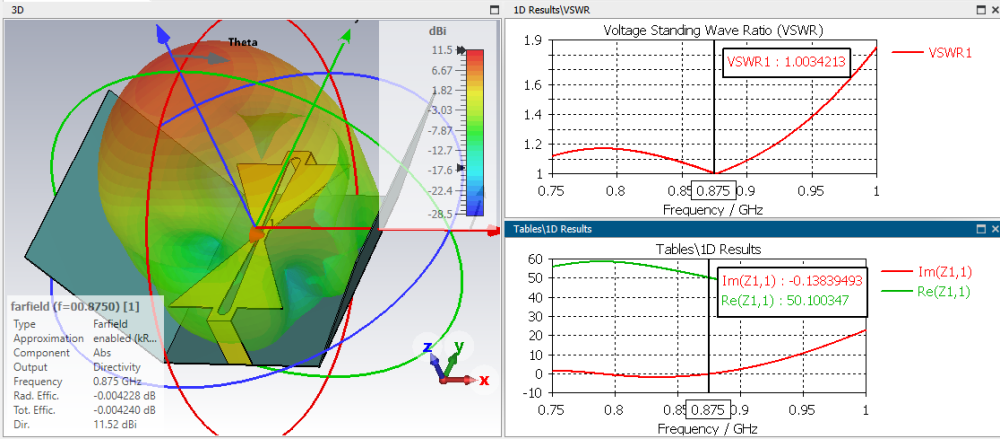
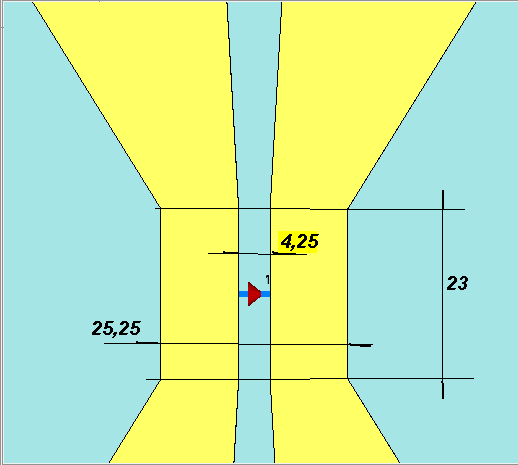
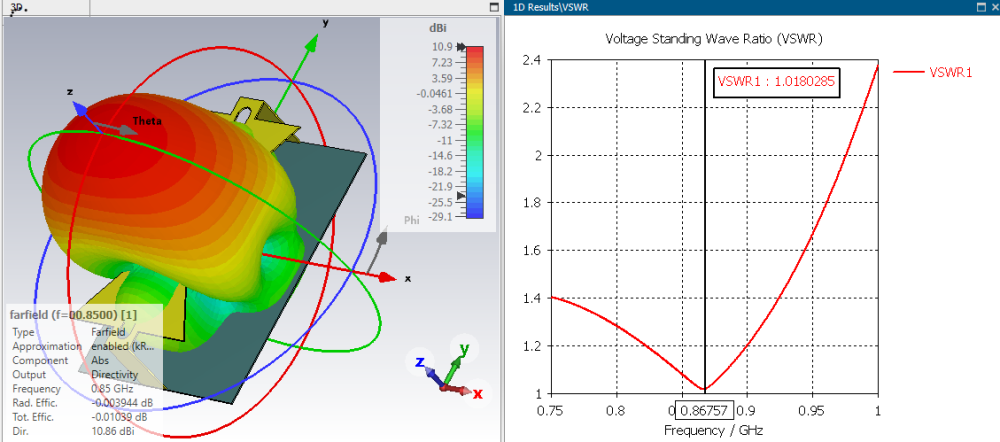
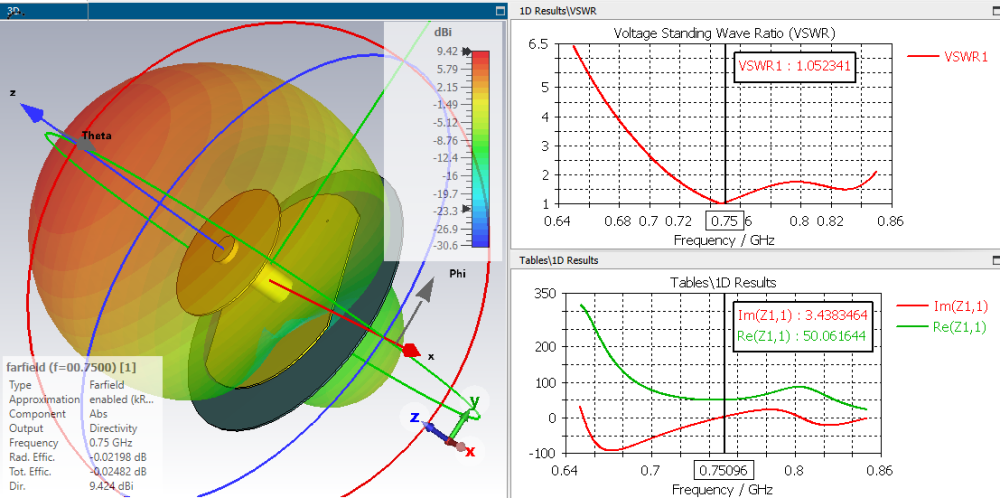
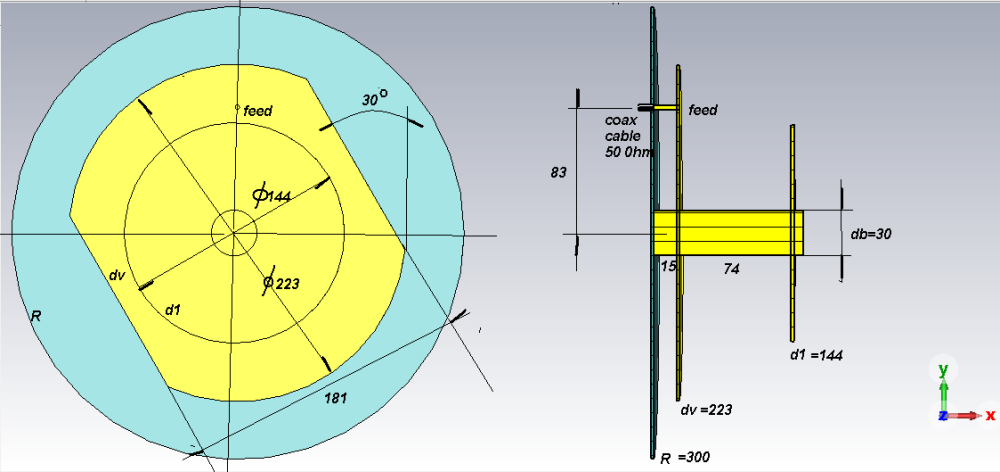
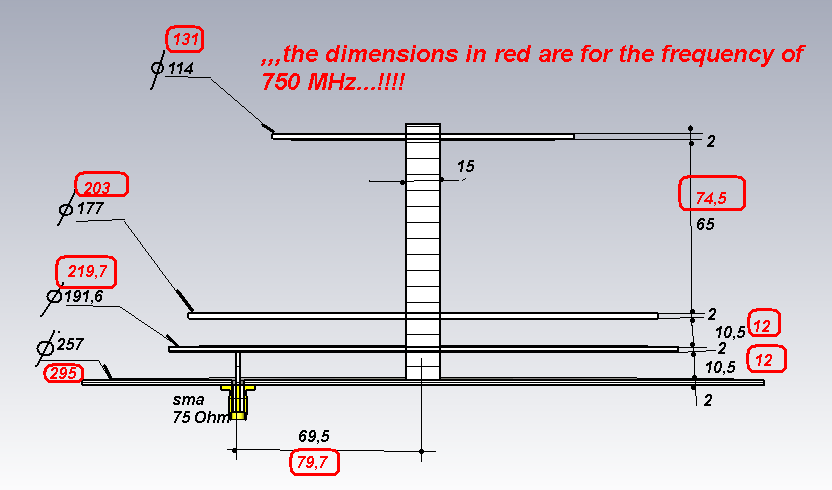

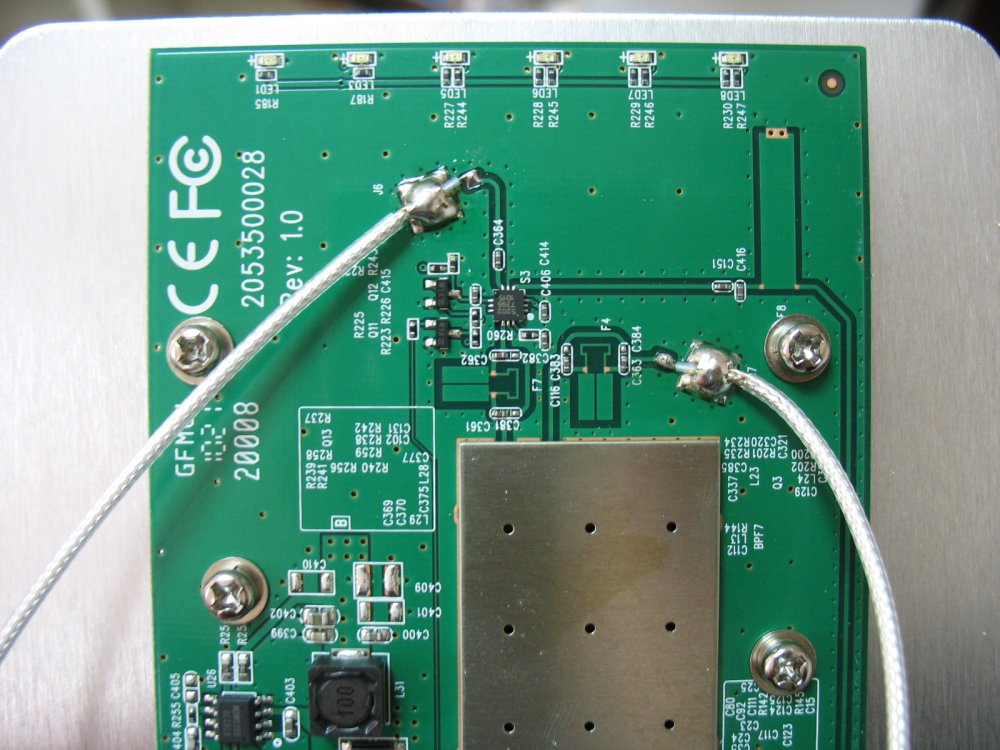
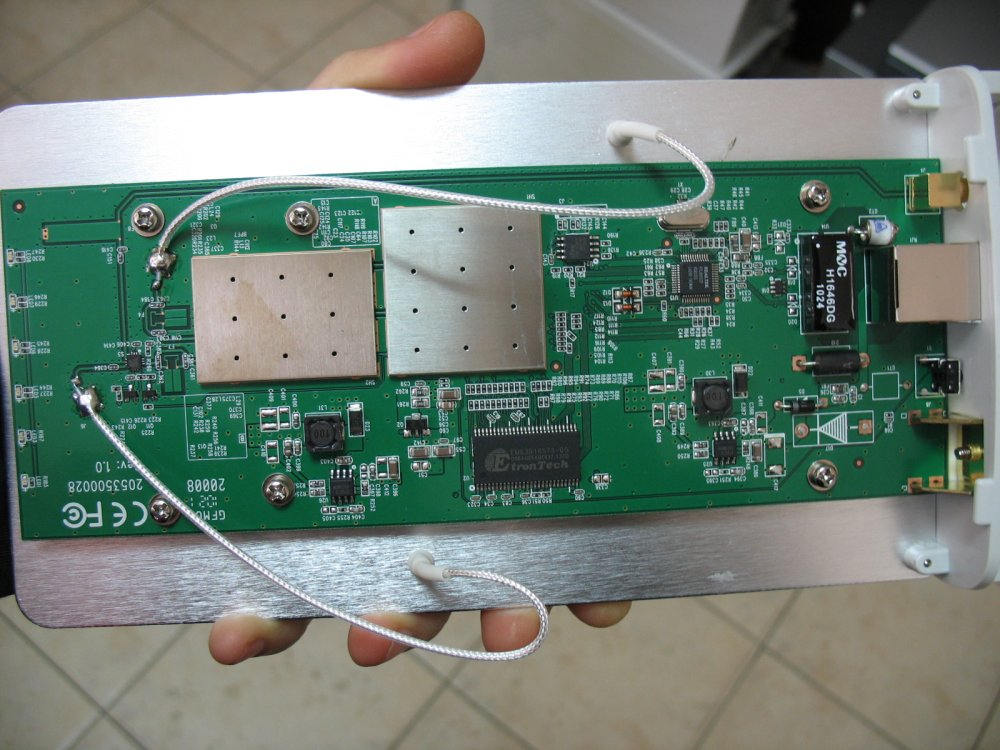
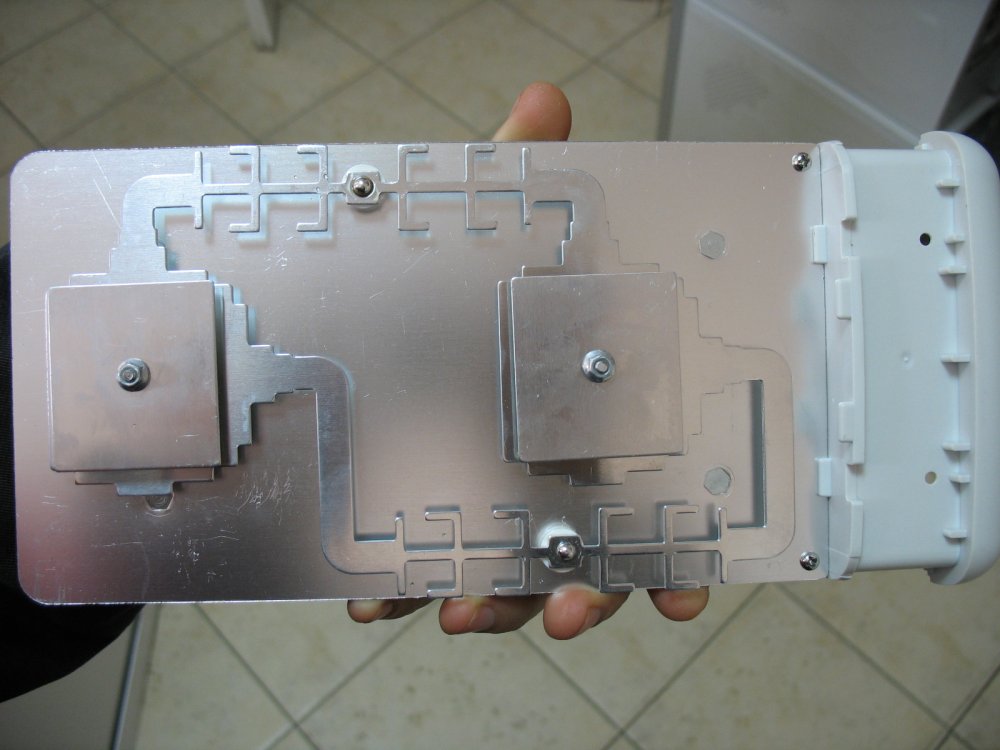
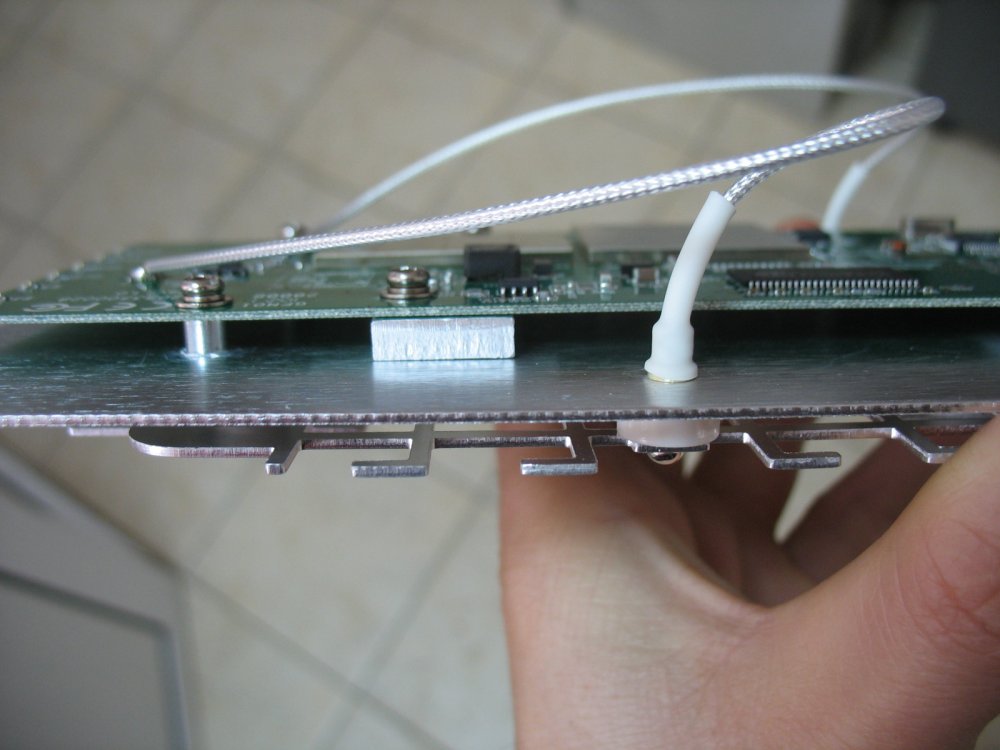
in Antennas for 2.4 GHz band
Posted
,,,can someone be interested in something like this///...???